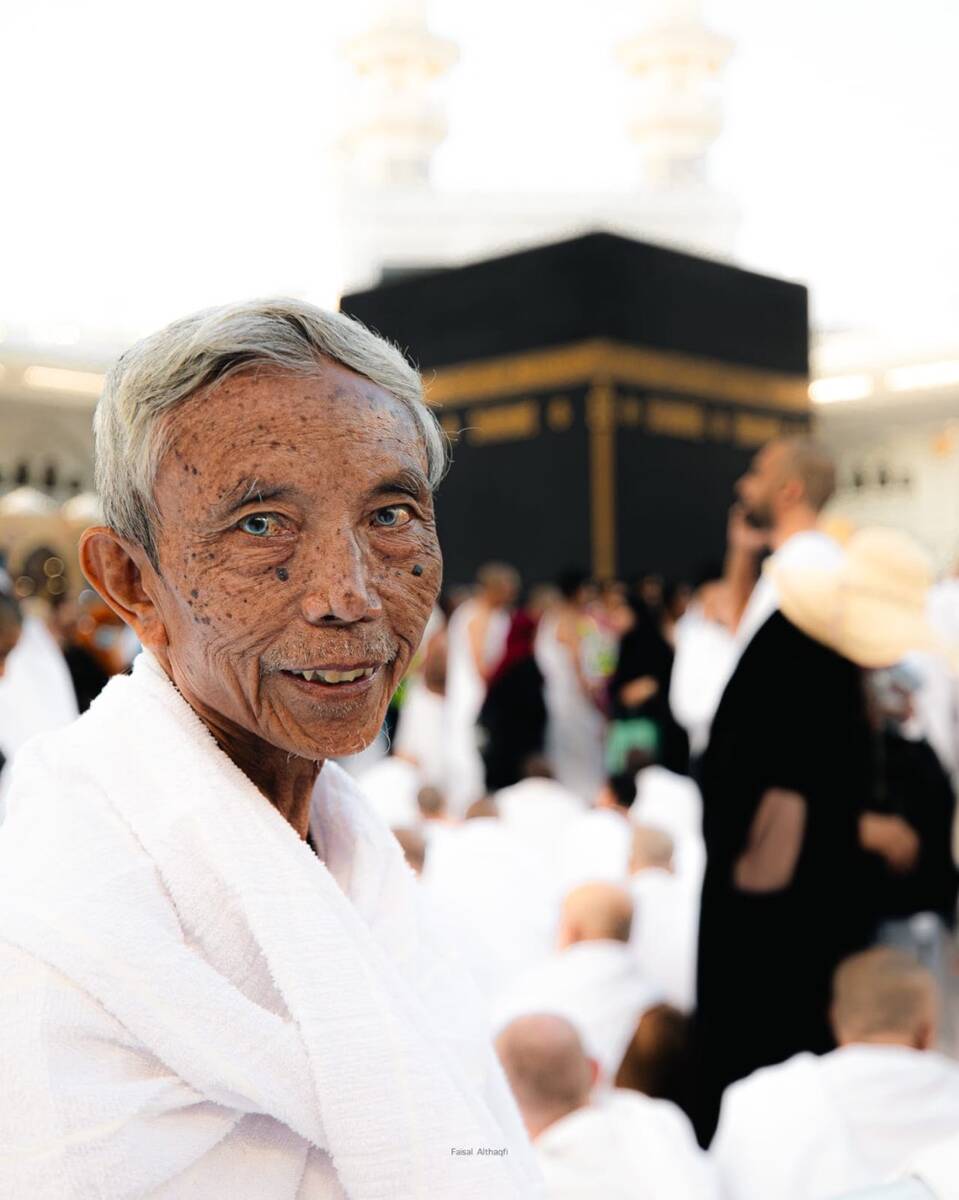RIYADH: Streaming giant Spotify is “still discovering Saudi Arabia” five years after its launch in the Kingdom, with “trends getting created as we speak,” the company’s managing director for MENA and South Asia has told Arab News.
Speaking on Arab News’ “The Mayman Show” podcast, Akshat Harbola expressed excitement about Spotify’s prospect in Saudi Arabia, which he is said is stemming from the rise of the entertainment sector of the Kingdom itself.
“One thing you see in this market is that trends are actually getting created as we speak. There’s not a mature market where everything is completely written down and you know what the trends are; everything is happening and getting created as we speak,” he said.
Harbola added that the Saudi music market stands out globally due to the exceptional institutional support it receives. This is evident in the performances, week after week, by top international artists in the Kingdom, he added. “You want to be in Riyadh because the top global acts are spending time in performing here in Saudi Arabia,” Harbola said.
He also discussed the captivating blend of growth in the popularity of international, local Khaleeji and regional Arabic music. Taylor Swift is the top-streamed artist overall, the top regional artist is Egypt’s Mohammed Saeed and Abdul Majeed (Abdullah) is dominating the charts on the Khaleeji side on the audio streaming and media services provider. In addition to these genres, Harbola mentioned the rise of the local Saudi hip-hop scene, highlighting Moayad Al-Nefaie, the comedian-turned-rapper, as an example.
And it is not just international artists making their mark in Saudi Arabia; Spotify is also noticing a demand for the local music scene, giving opportunities for a new generation of Saudi talent to showcase their talent. Captilizing on this trend, the streaming service has launched three programs: EQUAL Arabia, which focuses on female artists, including collaborations with with Saudi Artists such as Dalia Mubarak and Zena Emad; Fresh Finds, designed to identify individuals in the early stages of their careers; and RADAR, offering support for emerging talent. These programs provide artists with essential tools and resources, ranging from marketing to editorial backing. The aim is for artists to see more streams and get the chance to collaborate with other creators in general.
Regarding streaming patterns beyond these three initiatives, Harbola highlighted three categories of individuals in the Saudi music industry: Those unfamiliar with Spotify, those with some awareness but minimal usage and those who actively use the platform. He encouraged everyone to explore Spotify’s options, emphasizing the platform’s artificial intelligence capabilities. “People tend to say that Spotify knows me better than my partner or my spouse,” he added.
Another initiative that Spotify is working on relates to catering to the Kingdom's gaming scene. “If you’re talking about Saudi Arabia, you cannot ignore gaming — 87 percent of the people in KSA self-identify themselves as gamers … you won’t find that stat anywhere in the world. And we see that at Spotify as well — 30 percent of the people on Spotify in the Kingdom stream music on a console while they’re playing games,” According to Harbola.
Tapping into this trend, Spotify is establishing partnerships with companies like PlayStation and joining events like Gamers8, the world’s largest gaming and esports event spanning eight weeks in Riyadh. The most popular playlist in Saudi Arabia for Spotify is appropriately titled “Top Gaming Tracks.”
Looking ahead from the prospective of the streaming services data insights, Harbola sees three main goals. Firstly, an emphasis should be placed on the current momentum of developing the music industry in the Kingdom. The music market in the MENA region is among the fastest-growing globally, with Saudi Arabia leading the way. The promotion of music streaming and education of users about its benefits is crucial, Harbola said. Secondly, technical infrastructure must be improved to tailor the experience for Saudi audiences, he added. Lastly, creators must be supported and empowered, helping them succeed and gain more public exposure in general.
As a former consultant and tech employee at McKinsey and Google, Harbola has always loved the music industry. In his appearance on “The Mayman Show,” he revealed that his favorite genres growing up were Bollywood and 80’s pop, as well as rock music. But now, adhering to his daughter’s preferences, he mostly listens to music from Disney’s “Frozen” and “The Little Mermaid.”






























